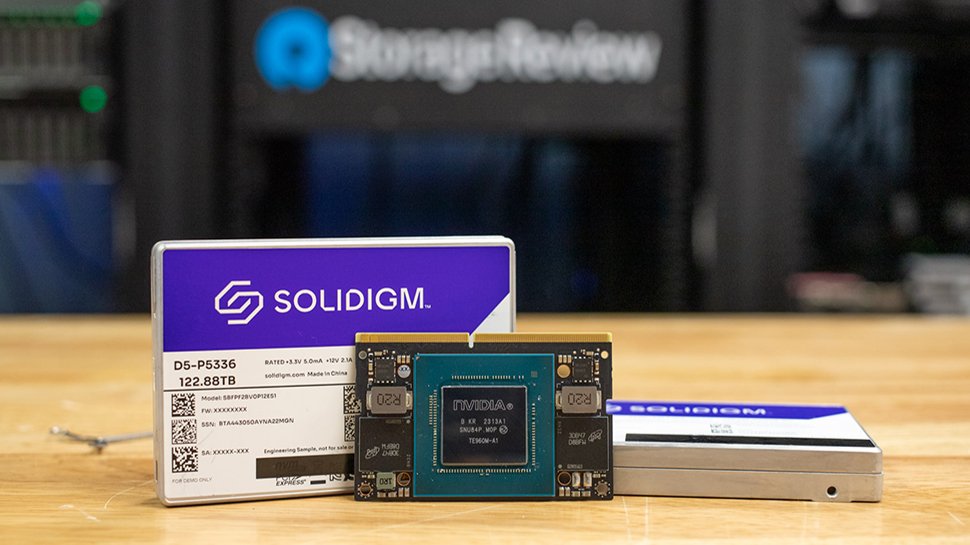- Solidigm’s 122.88TB SSD may not be the fastest, but it wins on density and design
- At $12,400, this SSD isn’t cheap, but it could slash rack space and energy waste
- Solidigm already has rivals with competing 122.88TB SSD products
With a staggering capacity of 122.88TB, the Solidigm D5-P5336 currently holds the title for the world’s largest SSD.
Launched in late 2024, it became available for purchase at $12,400, a figure which may seem steep, until one considers the operational cost savings from reducing physical rack space and energy usage.
As Solidigm aims to lead the market in high-capacity enterprise storage, the company may soon face competition, not just in performance, but in scale.
A 246TB SSD may arrive in 2025
Reports now suggest that a 246TB SSD could be introduced before the end of 2025, potentially doubling today’s storage ceiling.
Solidigm’s drive has been positioned as a density-first product, with read speeds up to 7GB/s and write speeds of 3GB/s via PCIe Gen4.
It is optimized for workloads that benefit from high sequential read performance, such as AI pipelines, CDN services, and object storage.
Solidigm’s D5-P5336 122.88TB SSD packs a decent capacity into a single U.2 drive and sets a new benchmark in SSD storage density.
Yet despite the scale, real-world benchmarks indicate that performance doesn’t scale linearly.
It often matches or slightly trails its 61.44TB predecessor in high-concurrency workloads, and lags behind Gen5 drives like Micron’s 61TB 6550, particularly in write-heavy operations.
The 122.88TB model offers modest endurance at 0.6 DWPD, which equates to 134.3 PB written over its five-year warranty period.
That makes it a fit for read-heavy environments, but less ideal for mixed or write-intensive deployments.
Still, Solidigm’s strategy is clear: focus on maximizing storage per watt, per rack unit, and per dollar.
As such, this drive may not be the best SSD in raw performance terms, but it plays a critical role in modern data centers where density and efficiency drive infrastructure design.
The competitive landscape is also shifting, and little-known Chinese brand DapuStor has released its own 122.88TB SSD, joining the race toward high-capacity flash.
While details on its long-term reliability and support remain limited, this signals growing interest in ultra-dense enterprise SSDs beyond established players.
That said, the possibility of a 246TB SSD raises important questions. Can NAND technology and controller efficiency keep up with this growth?
And will such capacity jumps continue to deliver meaningful performance improvements?
As data centers brace for AI-driven demand, the answer may define not only the best external SSD for hyperscalers but the trajectory of the largest SSD and hard drive technologies overall.
Via StorageReview
You might also like
- Major government organization slams Microsoft Teams as it drops Windows for good
- These are the best NAS devices around
- We’ve also rounded up the best cloud storage platforms on offer
This articles is written by : Nermeen Nabil Khear Abdelmalak
All rights reserved to : USAGOLDMIES . www.usagoldmines.com
You can Enjoy surfing our website categories and read more content in many fields you may like .
Why USAGoldMines ?
USAGoldMines is a comprehensive website offering the latest in financial, crypto, and technical news. With specialized sections for each category, it provides readers with up-to-date market insights, investment trends, and technological advancements, making it a valuable resource for investors and enthusiasts in the fast-paced financial world.
